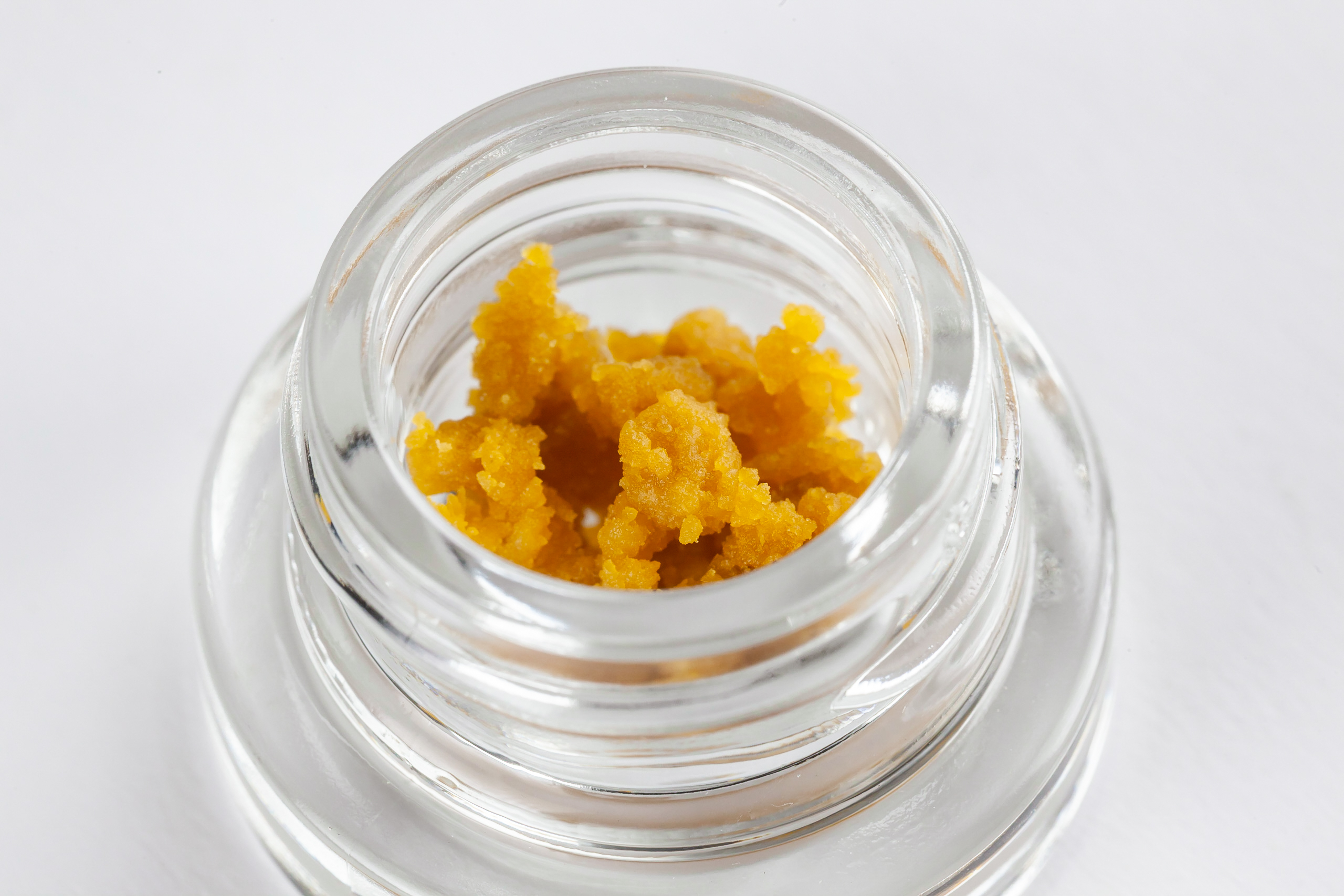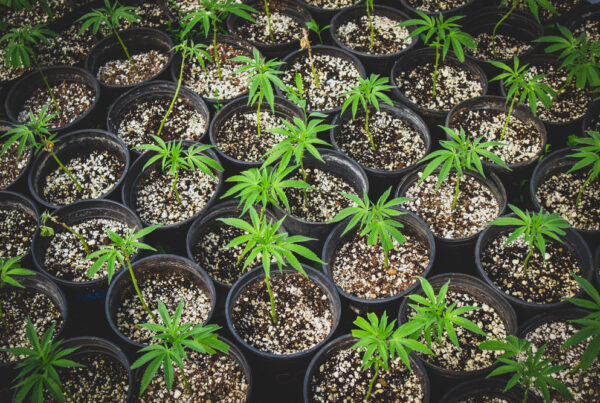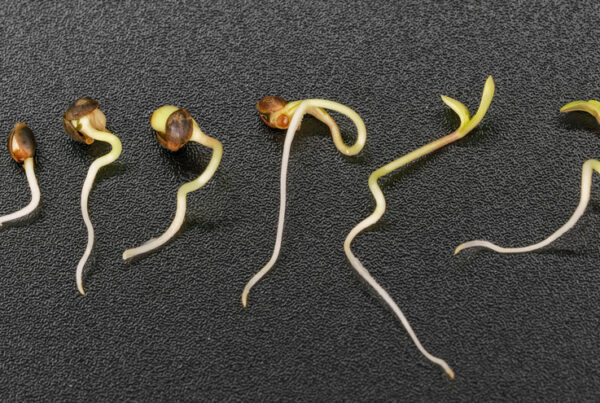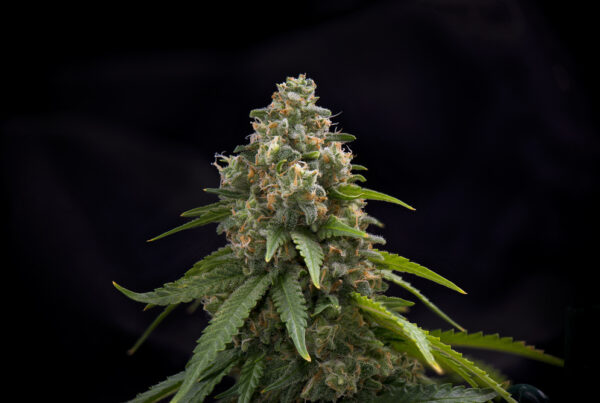Live resin and live rosin have today become popular cannabis concentrates among enthusiasts. Although they are both made primarily from the trichomes of the cannabis plant, they differ in how they’re extracted, their consistency, and overall composition. Understanding the disparities between live resin and live rosin can assist consumers in making informed choices when selecting their preferred concentrate.
1. Extraction Methods:
Typically, hydrocarbon extraction is employed to produce resin. This method entails using solvents like butane or propane to extract THC trichomes from harvested cannabis plants. The solvent is then evaporated, leaving behind a concentrate known as resin. In contrast, live rosin is created through a solventless extraction method. Solventless techniques involve applying heat and pressure to parts of cured flowers or hashish until the trichome glands release a viscous liquid called rosin.
2. Starting Material:
The starting material for both resin and live rosin plays a role in determining their distinct characteristics. For the production of resin, fresh cannabis plants that are harvested at peak maturity are immediately flash-frozen before they undergo the extraction process. This rapid cooling process helps preserve the terpenes and cannabinoids that are typically lost during curing methods. Live rosin production begins with cured flowers or high-quality hashish obtained through drying methods, which allow for higher moisture retention levels for future pressing. While live rosin may retain some terpenes from its starting material, it might not possess the depth of aroma found in live resin due to the use of quick freeze techniques during its production.
3. Terpene Profile:
Terpenes are compounds used to create unique aromas found in different cannabis strains. Since terpenes require preservation after harvesting, live resin often boasts a diverse range of terpenes compared to live rosin. Manufacturers aim to retain the plant’s terpene profile by utilizing flash-freezing methods, resulting in a flavorful extract. On the other hand, live rosin might have a pronounced terpene profile compared to live resin. While some cultivars still maintain aromas and flavors in their trichomes after undergoing curing methods, the rosin production process may not capture these characteristics as efficiently as flash freezing does. However, this doesn’t necessarily imply that live rosin has poor taste. Many enthusiasts appreciate its flavors that may exhibit characteristics from those present in live resin.
4. Consistency:
When it comes to resin, people often recognize it for its sauce-like texture. This sticky consistency makes it ideal for vaporizing or dabbing. Those who want a flavorful experience tend to prefer it. Live rosin, on the other hand, offers a variety of consistencies. It can be badder (whipped), budder (creamy like butter), or shatter (glass-like) and have different formations (THCA crystal isolates). The specific consistency depends on factors such as pressing temperature and pressure during the extraction process. Ultimately, the choice of concentrate consistency comes down to personal preference and how you plan to use it.
5. Cannabinoid Content:
In terms of potency and cannabinoid content, there are differences between resin and live rosin. Live resin generally contains a higher amount of THC compared to live rosin. This is because flash-freezing helps preserve the plant’s terpenes along with compounds like cannabinoids. As a result, using resin can lead to an intense high. On the other side, live rosin tends to retain more CBD and other non-psychoactive cannabinoids than live resin does. The solventless extraction process used for making rosin allows for the preservation of a range of cannabinoids present in the original material. This is why many people are drawn to rosin, as it offers a balanced and therapeutic experience without overwhelming psychoactive effects. While both concentrates have their combinations of cannabinoids, it’s important for individuals to consider their personal preferences and desired effects when deciding between live resin and live rosin.
Conclusion
Having an understanding of the disparities between resin and live rosin can assist cannabis enthusiasts in making well-informed choices about their concentrate preferences. Factors such as extraction methods, starting materials, terpene profiles, consistencies, potency levels, and cannabinoid content all contribute to a better concentrate experience.
Ultimately, the decision between these two regarded cannabis extracts will depend on an individual’s preferences regarding flavor, desired potency levels, terpene variety or strength, desired effects (such as feeling euphoric or relaxed), potential medical benefits (such as pain relief or anxiety reduction), preferred consumption method (such as vaporizing or dabbing), and overall enjoyment. By considering these aspects of the distinctions between live resin and live rosin mentioned above—while seeking guidance from trusted sources—users can confidently choose the concentrate that best suits their needs and desires.






